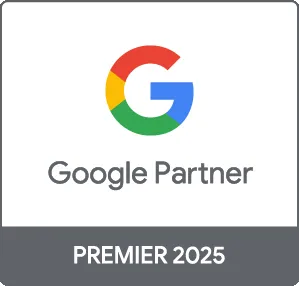Cost-per-click (CPC) on LinkedIn is a vital metric for advertisers looking to measure the effectiveness of their campaigns. As a professional networking platform with a unique user base, LinkedIn provides diverse advertising options, making it crucial for businesses to understand CPC dynamics. In this post, we delve into what CPC is, how it's calculated, and factors influencing costs on LinkedIn, helping you make informed decisions for your advertising strategies.
What is Cost-Per-Click (CPC)?
CPC is a pricing model used in online advertising where advertisers pay a fee each time someone clicks on their ad. It's a popular choice for businesses as it directly ties costs to the response from potential customers. On LinkedIn, this model allows you to target professionals, making it a valuable channel for B2B marketing.
How is CPC Calculated on LinkedIn?
Your CPC on LinkedIn will vary based on several factors. Here’s how it is generally calculated:
- Bidding Strategy: LinkedIn offers bidding options like automated or manual bids. Your bidding strategy impacts your CPC, as competitive bids can lead to higher costs.
- Ad Relevance: The relevance of your ad to your target audience affects its performance. Higher relevance typically results in a lower CPC.
- Targeting Options: The specificity of your targeting can also influence CPC. More niche targeting may lead to higher CPC as competition can be fierce within certain segments.
Average CPC on LinkedIn
The average CPC on LinkedIn tends to range between R10 and R45 per click, but these figures can fluctuate based on your industry and campaign specifics. For example, industries like technology and finance might experience higher costs due to increased competition. Understanding average costs can help you set a realistic budget for your campaigns.
Factors Influencing CPC
Several factors can affect your CPC on LinkedIn:
- Industry: Competitive industries often see higher CPC due to increased demand for ad placements.
- Ad Format: Different ad formats, such as sponsored content, dynamic ads, or text ads, might carry varying CPC levels.
- Campaign Objectives: The goals of your campaign can also impact costs. For instance, CPC may be higher for brand awareness campaigns compared to lead generation.
Tips to Optimize Your LinkedIn CPC
Here are some strategies to help reduce your CPC while maximizing ad effectiveness:
- Refine Your Targeting: Use LinkedIn's robust targeting options to reach your ideal audience without overspending.
- Improve Ad Quality: High-quality visuals and compelling copy will attract more clicks at a lower cost.
- Monitor Performance: Regularly review your campaign and adjust bids, targeting, and ad creative based on performance metrics.
Conclusion
Understanding the cost-per-click on LinkedIn is essential for businesses aiming to harness the platform for advertising. By focusing on relevant targeting, crafting compelling ads, and monitoring performance, you can effectively manage your advertising budget. With LinkedIn's unique audience, a well-structured CPC strategy can lead to valuable connections and conversions for your business.





